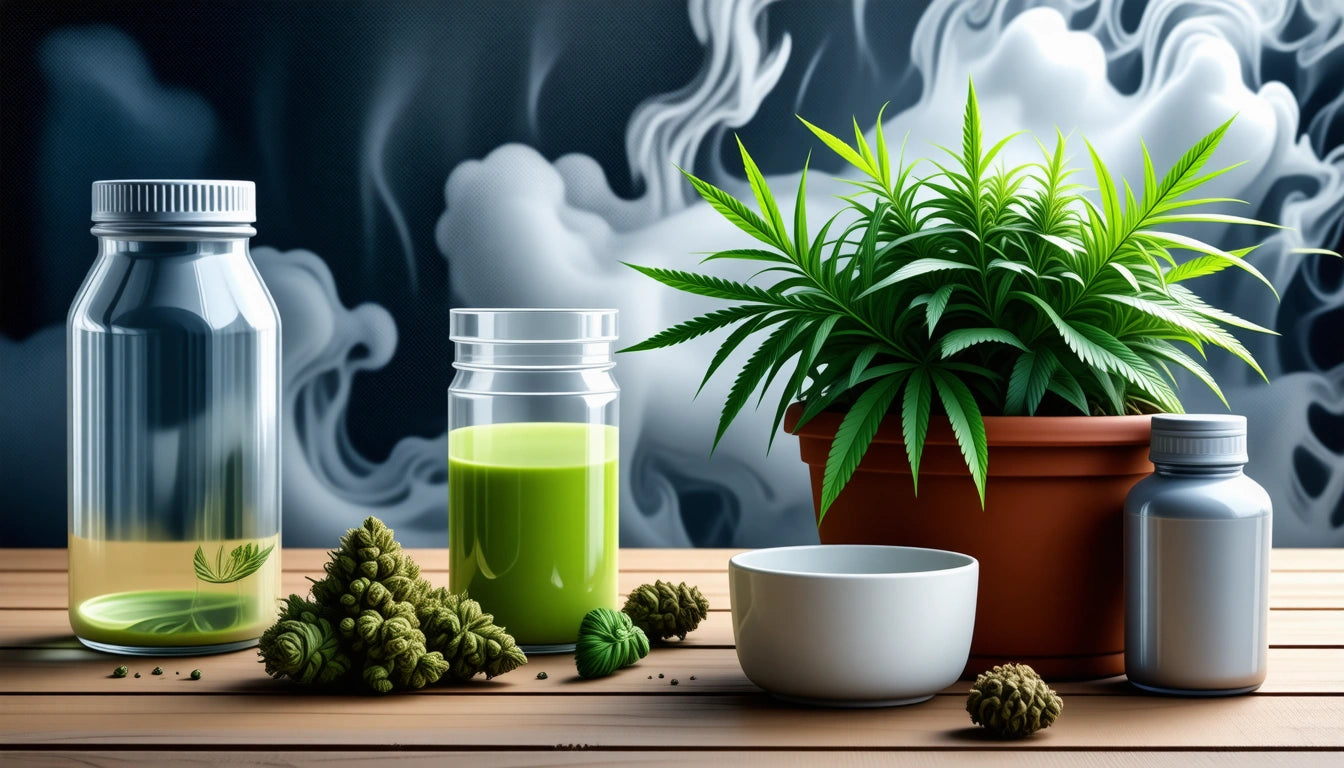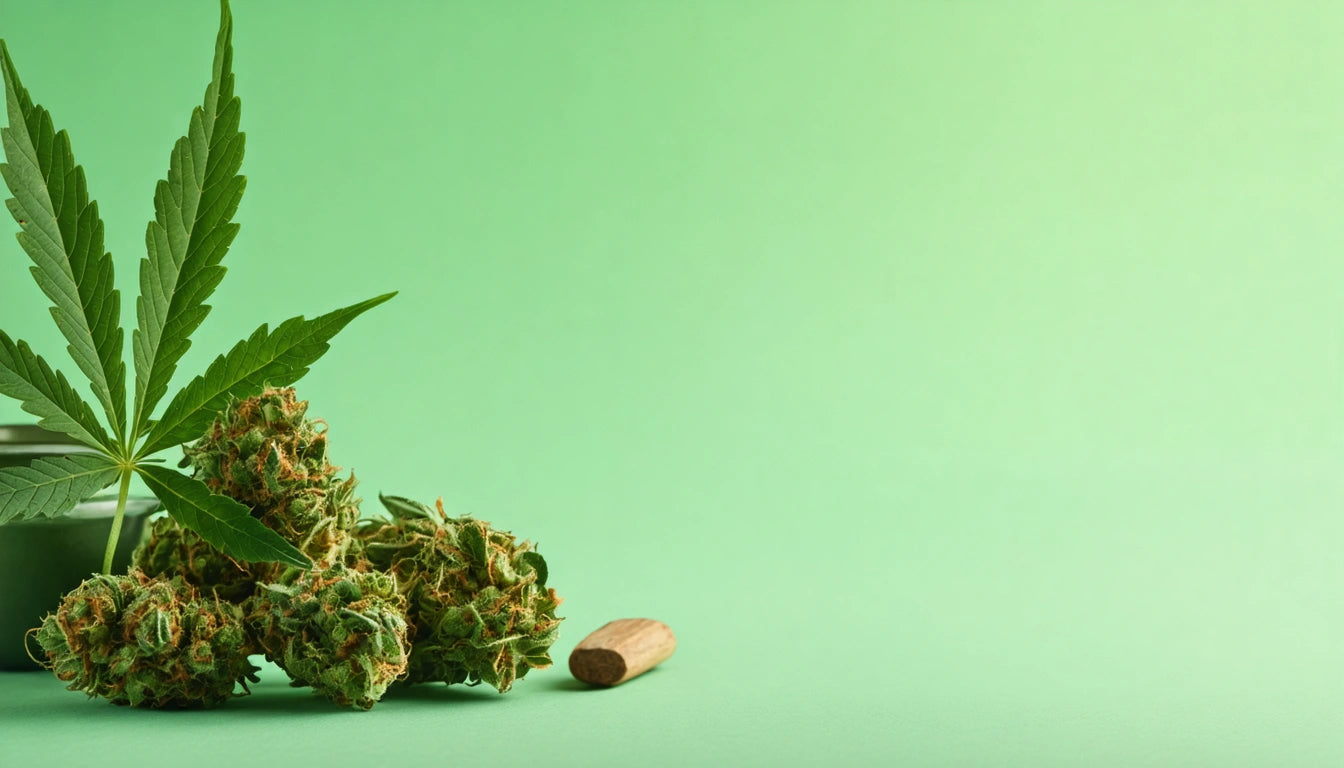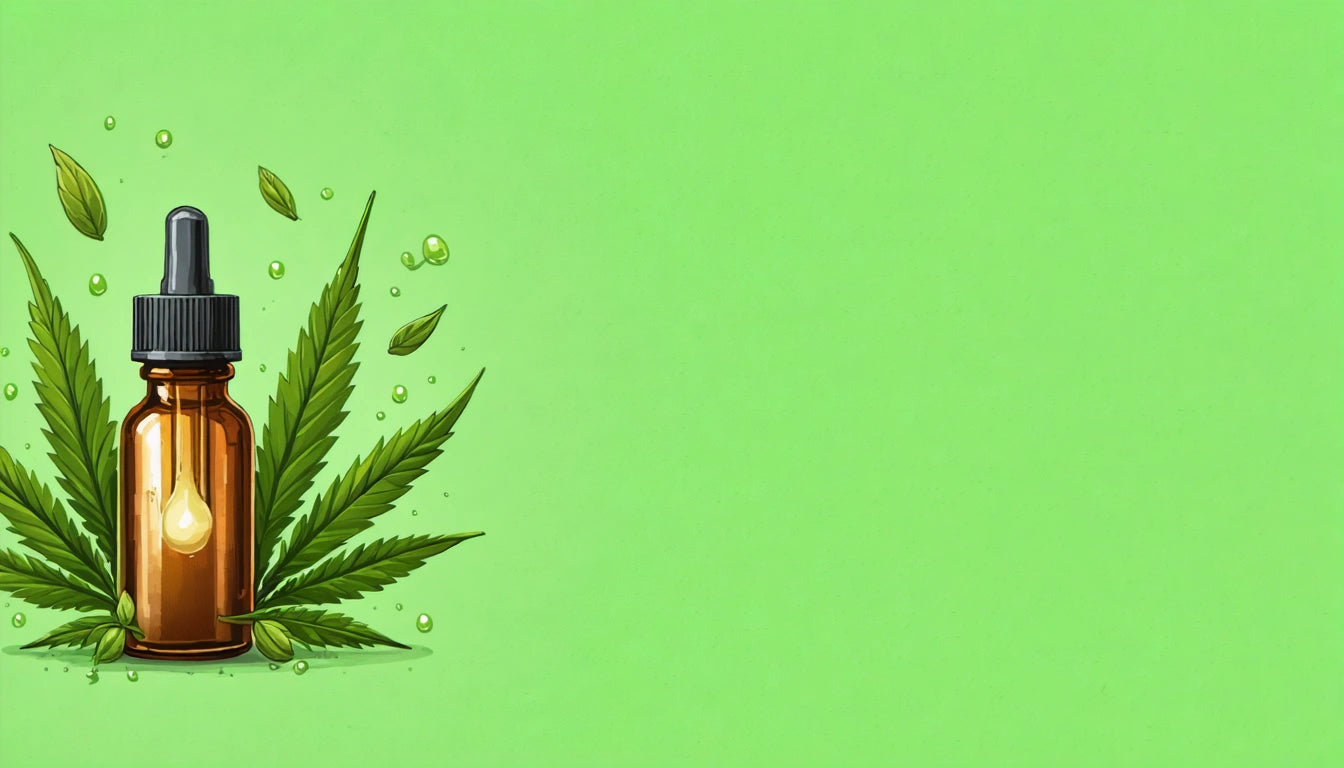Table of Contents
- Duration by Consumption Method: Inhalation vs. Ingestion
- Factors Affecting Cannabis Duration: Potency, Tolerance and Physiology
- Managing Cannabis Side Effects: Anxiety and Unwanted Reactions
- Timeline of Cannabis Effects: From Onset to Comedown
- Optimizing Your Cannabis Experience: Storage, Dosing and Breaks
How Long Do the Effects of Cannabis Last?
Understanding how long cannabis effects last is essential for both new and experienced users. The duration varies significantly based on consumption method, product potency, and individual factors like metabolism and tolerance. This comprehensive guide breaks down what to expect from different cannabis products and how to manage your experience effectively.
Duration by Consumption Method: Inhalation vs. Ingestion
The way you consume cannabis dramatically impacts how long the effects will last. According to research on cannabis effect duration, different consumption methods create distinctly different experiences.
Smoking and Vaping (Inhalation)
When cannabis is smoked or vaped, THC enters the bloodstream through the lungs almost immediately:
- Onset: Effects begin within 2-10 minutes
- Peak: The high typically peaks at 30 minutes to 1 hour
- Duration: Total effects usually last 1-4 hours
- Residual effects: Subtle after-effects may linger for up to 6 hours
Inhalation methods provide the shortest duration but also the most immediate relief, making them popular for acute symptom management.
Edibles and Tinctures (Ingestion)
Edibles and other oral consumption methods produce longer-lasting effects:
- Onset: Effects begin after 30-90 minutes
- Peak: The high typically peaks at 2-3 hours
- Duration: Total effects usually last 4-8 hours
- Residual effects: Subtle after-effects may linger for up to 12-24 hours
The extended duration of edibles is due to the digestive process and liver metabolism, which converts THC into 11-hydroxy-THC, a more potent compound that can cross the blood-brain barrier more effectively.
Factors Affecting Cannabis Duration: Potency, Tolerance and Physiology
Several key factors influence how long the effects of weed last for any individual user:
Cannabis Potency and Strain
Higher THC concentrations generally produce stronger and sometimes longer-lasting effects. Additionally, the terpene and cannabinoid profile of different strains can influence duration. For example, strains high in CBN may produce more sedative effects that seem to last longer.
Individual Metabolism and Body Composition
Your metabolic rate and body composition significantly impact how quickly your body processes cannabinoids. Individuals with faster metabolisms may experience shorter durations of effects, while those with slower metabolisms might feel the effects for longer periods.
Tolerance Level
Regular cannabis users develop tolerance, which can reduce both the intensity and duration of effects. As this guide on tolerance breaks explains, taking periodic breaks from cannabis can help reset sensitivity to its effects.
Consumption Environment
The setting in which cannabis is consumed can influence perceived duration. Stressful environments may intensify effects, while comfortable settings might make the experience more enjoyable and seemingly longer-lasting.
Managing Cannabis Side Effects: Anxiety and Unwanted Reactions
For some users, cannabis can produce unwanted side effects, with anxiety being particularly common. Understanding how long cannabis-induced anxiety lasts can help users manage these experiences.
Duration of Cannabis-Induced Anxiety
Cannabis-induced anxiety typically follows the same duration pattern as other effects:
- For smoked products: Anxiety usually peaks within 30 minutes and subsides within 1-3 hours
- For edibles: Anxiety may last 4-6 hours, sometimes longer in high doses
If you're experiencing anxiety, remember that it is temporary and will diminish as the cannabis is metabolized by your body.
Managing Unwanted Effects
To reduce the duration and intensity of side effects:
- Stay hydrated by drinking water
- Find a quiet, comfortable environment
- Use calming techniques like deep breathing
- Try consuming CBD, which may counteract some THC effects
- Consider using proper storage solutions like humidity control packs to maintain consistent potency and prevent degradation that can lead to unpredictable effects
Understanding that side effects are temporary can help reduce anxiety during challenging experiences.
Timeline of Cannabis Effects: From Onset to Comedown
The complete cannabis experience follows a predictable timeline, though exact timing varies by individual and consumption method.
Initial Onset Phase
The first phase begins when THC enters the bloodstream and binds to cannabinoid receptors:
- Smoking/vaping: 2-10 minutes
- Sublingual tinctures: 15-45 minutes
- Edibles: 30-90 minutes
During this phase, users may feel initial changes in perception, mood elevation, or relaxation.
Peak Effects Phase
This is when effects reach maximum intensity:
- Smoking/vaping: 30 minutes to 1 hour after consumption
- Edibles: 2-3 hours after consumption
During the peak, all effects are most pronounced, including both desired effects and potential side effects.
Plateau and Descent
After peaking, effects stabilize before gradually declining:
- Smoking/vaping: Effects begin declining 1-2 hours after consumption
- Edibles: Effects begin declining 3-4 hours after consumption
The descent is usually gradual rather than abrupt.
After-Effects and Recovery
Even after the main effects subside, residual effects may persist:
- Slight cognitive changes
- Mild relaxation or fatigue
- Potential "weed hangover" symptoms
As this article on cannabis recovery explains, these after-effects typically resolve within 24 hours, though they may persist longer after heavy edible consumption.
Optimizing Your Cannabis Experience: Storage, Dosing and Breaks
To maintain consistency in how long cannabis effects last, consider these practical tips:
Proper Storage for Consistent Potency
Cannabis potency degrades over time, which can lead to inconsistent effects. Proper storage in airtight containers away from light, heat, and humidity helps preserve potency. Using specialized humidity control products helps maintain optimal moisture levels, preventing both dryness and mold growth that can affect your experience.
Mindful Dosing Practices
The adage "start low and go slow" remains the best approach, especially for edibles. Begin with a minimal dose (5mg THC or less for edibles) and wait for the full onset time before considering additional consumption. This patience helps prevent accidentally consuming too much and experiencing unwanted extended effects.
Planned Tolerance Management
Regular cannabis use leads to tolerance development, which can alter how long effects last. Implementing periodic tolerance breaks can help maintain sensitivity to cannabis and provide more consistent experiences. Even short breaks of 48 hours can begin to reset your endocannabinoid system.
Understanding the duration of cannabis effects empowers users to plan their consumption appropriately, whether for medical symptom management or recreational enjoyment. By considering consumption method, individual factors, and implementing best practices for storage and dosing, you can create more predictable and enjoyable cannabis experiences.











Leave a comment
All comments are moderated before being published.
This site is protected by hCaptcha and the hCaptcha Privacy Policy and Terms of Service apply.